PM Modi’s First Visit to Manipur Since Violence: What’s Real, What’s Promised
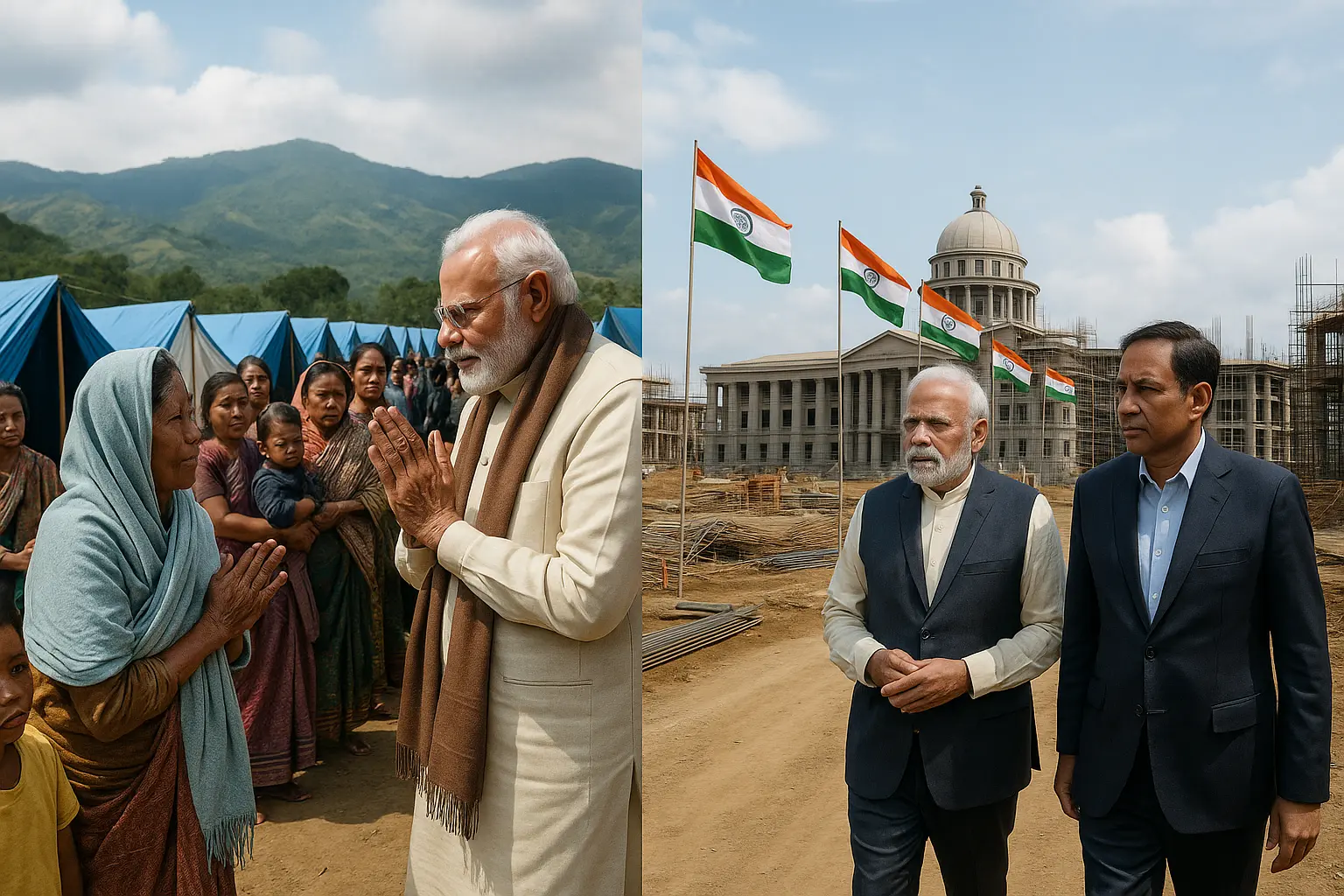
For over two years, Manipur has lived under the shadow of ethnic violence—Meitei and Kuki-Zo communities torn apart, thousands displaced, and hundreds dead. The question many in India have asked: Why has PM Modi not visited sooner? On September 13, 2025, he’s finally going. With him come heavy promises: big project launches, outreach, and visible empathy. But rhetoric must walk hand in hand with results. Let’s unpack what he’ll do, what people expect, and what could go right—and wrong.
What’s Planned: Projects, Visits & Symbolism
- PM Modi is undertaking a 3-day tour of five states starting September 13—Mizoram, Manipur, Assam, West Bengal, and Bihar. In Manipur, his stops include Churachandpur and Imphal. ETInfra.com
- In Churachandpur, he will lay foundation stones for development projects worth about ₹7,300 crore. These include urban roads and drainage, infotech development (MIND project), healthcare facilities in remote districts, hostels, school upgrades, and solar power plants. The Economic Times
- In Imphal, he is slated to inaugurate projects worth over ₹1,200–1,500 crore: a new Police Headquarters, the Civil Secretariat (Mantripukhri), improvements in markets, and facilities for students.
- He will meet internally displaced persons (IDPs) and victims’ families to send a message of empathy, reconciliation, and a renewed focus on peace.
Why People Have Been Waiting — And Criticism
Supporters’ View:
- Many believe this visit is overdue. It shows that the central government is now ready to take direct accountability—not just through statements but on the ground.
- The development projects are seen as necessary to rebuild infrastructure, restore connectivity, improve public services, and revive normalcy. For displaced people, project commitments can translate to tangible relief.
- Meeting both communities in Churachandpur (Kuki-Zo majority) and Imphal (Meitei majority) is seen by many as a symbolic move toward unity.
Critics’ Concerns:
- Some opposition leaders argue that the time for symbolic gestures has passed. They say the visit may be more of a political optics move, especially with Manipur state elections due in 2026.
- There are concerns about whether projects will actually be implemented, and whether, IN THE HILL, the quality of execution and sustained security will follow. The Kuki-Zo community, especially in Churachandpur, has expressed distrust, pointing out that many promises in past never fully materialised.
- Some Meitei groups may see renewed engagement with Kuki-Zo insurgent arrangements (or agreements) as potentially undermining valley-hill security or inflating external influence.
Two Major Decisions Before the Visit
While sources are not fully clear yet, reports indicate two significant decisions recently taken:
- Renewal of the SoO (Suspension of Operations) Agreement
Several media reports say the government has renewed the SoO with Kuki insurgent groups. It is expected to come with stricter ground rules: relocation of camps from the valley-hill interface, merging smaller camps, depositing weapons under CRPF/BSF oversight, identity verification of cadres, better transparency in allowances, and stricter oversight.
- Reopening of NH-2
National Highway 2, which links Imphal to Churachandpur (Nagaland direction), had been blocked or restricted during the violence period. Its reopening is seen as a relief measure for civilians—restoring supply lines for food, medicine, goods, and smoother movement.
Risks & Challenges Ahead
- Implementation lag: Big infrastructure projects often get stuck due to land disputes, contractor delays, missing funds, or local resistance.
- Security concerns: Even with projects and agreements, if violence or tensions flare up again, confidence will erode fast.
- Political expectations: With elections approaching in the Northeast, this visit may be viewed by many through a political lens. That could increase pressure, but also risk backlash if results are not visible.
- Community divisions: Unless both communities feel equally heard and protected, disparity in development or perceived favouritism could trigger fresh unrest.
Conclusion
PM Modi’s visit to Manipur marks a turning point—two years of waiting becomes an opportunity for action. The projects worth over ₹8,500 crore, engagements with displaced citizens, highway reopening, and renewed agreements are all steps toward peace and development. But success will depend on follow-through: timely execution, transparent oversight, and genuine engagement with all communities.
What you can do: Watch the PM’s visit closely—look for not just announcements, but measurable progress in the months ahead. Demand accountability from local and state authorities. Join or follow local civil society reports to see whether what’s promised is what’s delivered.
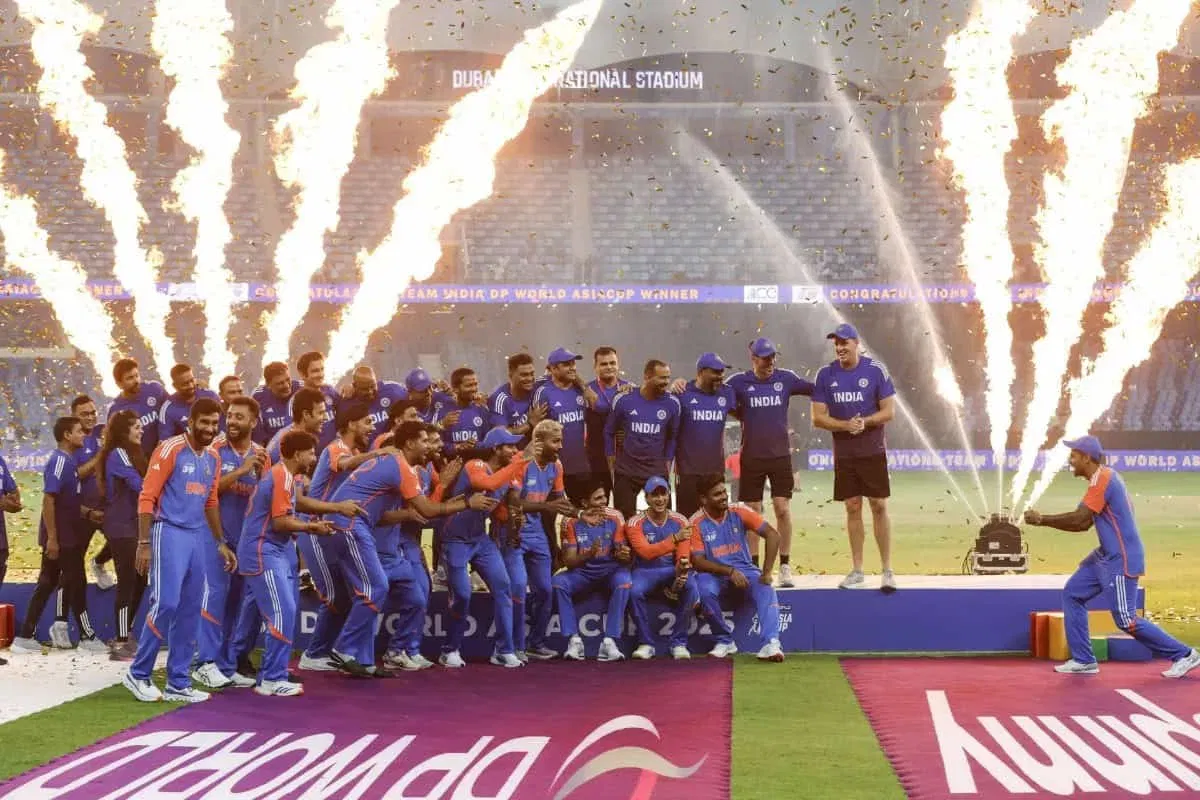
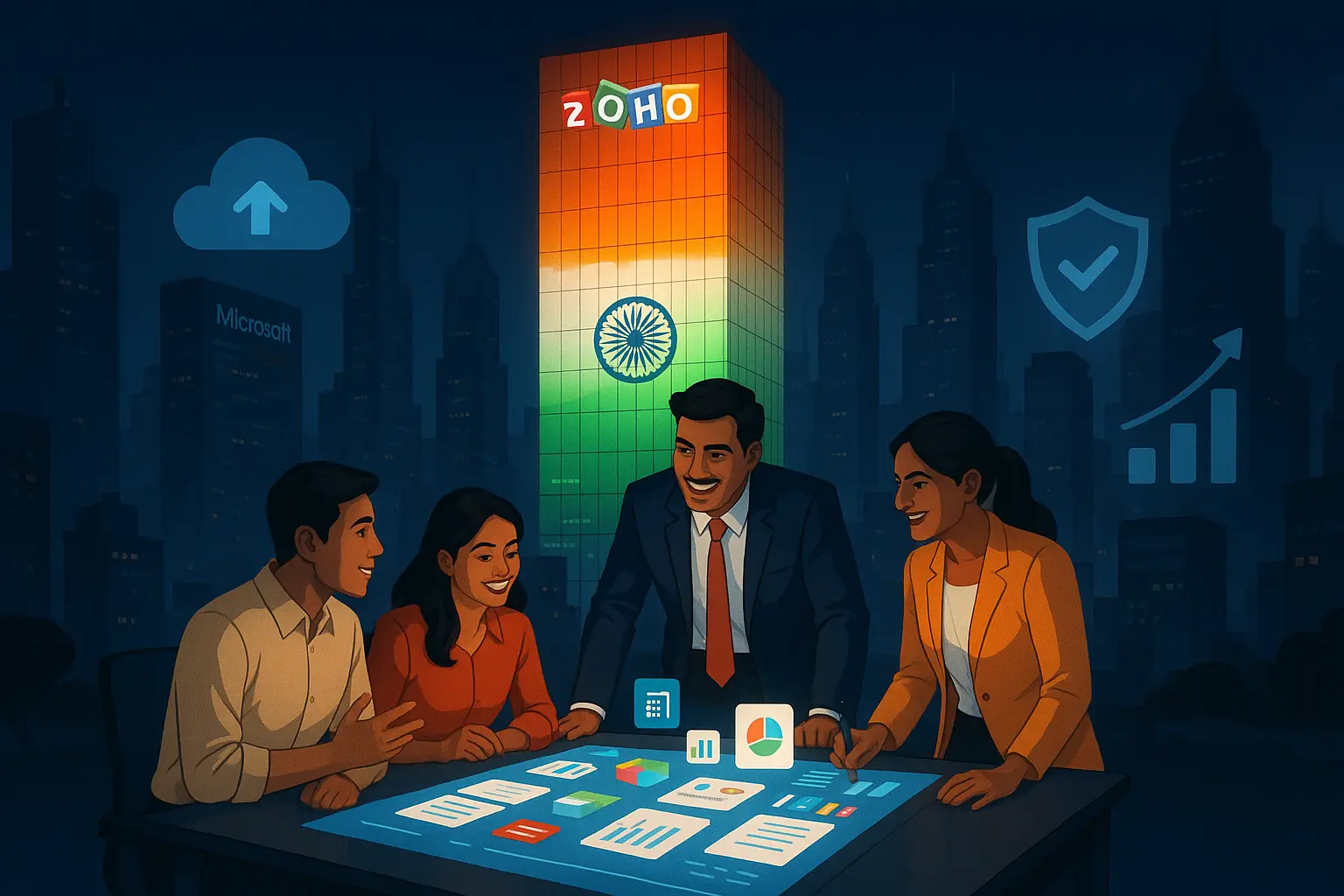
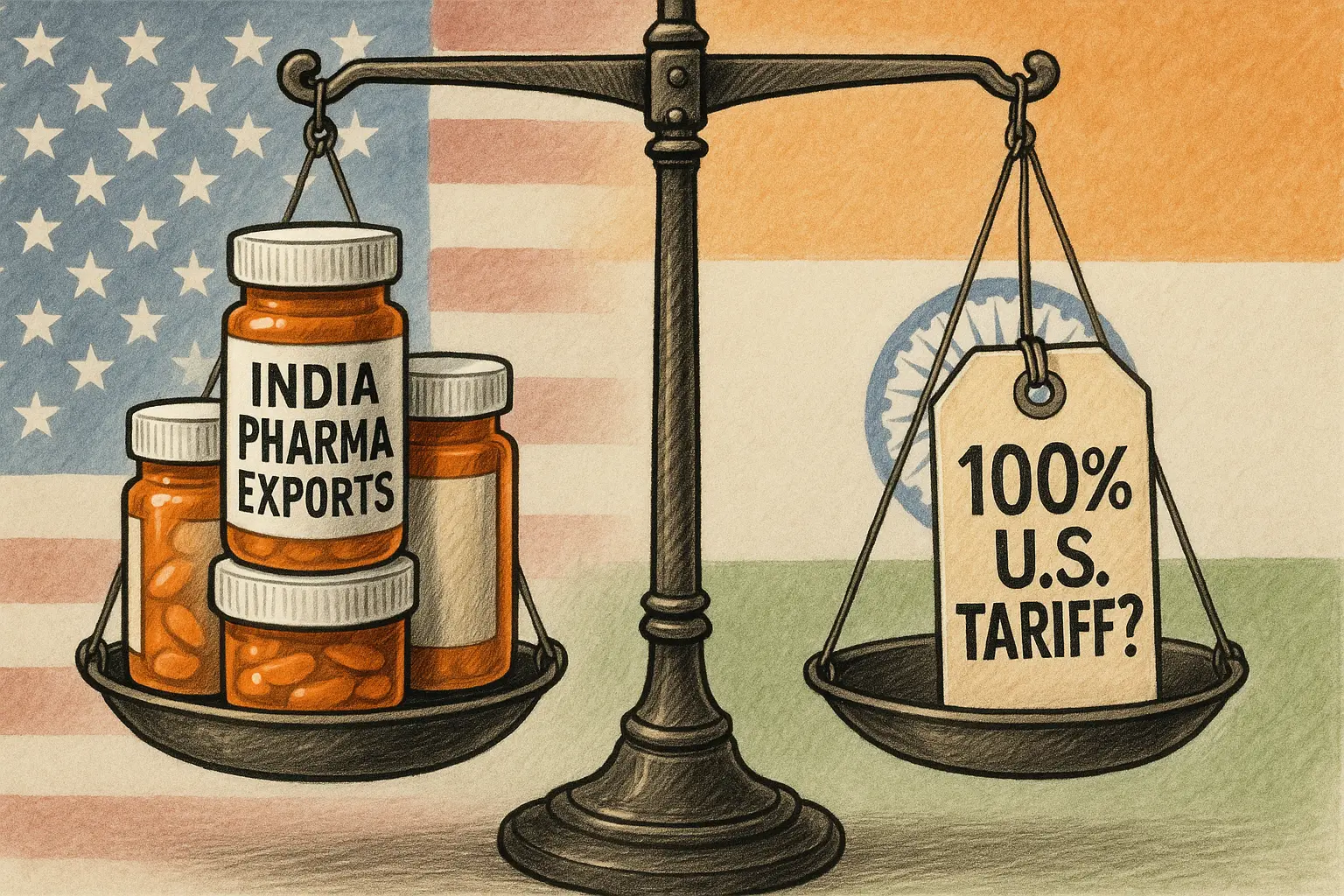
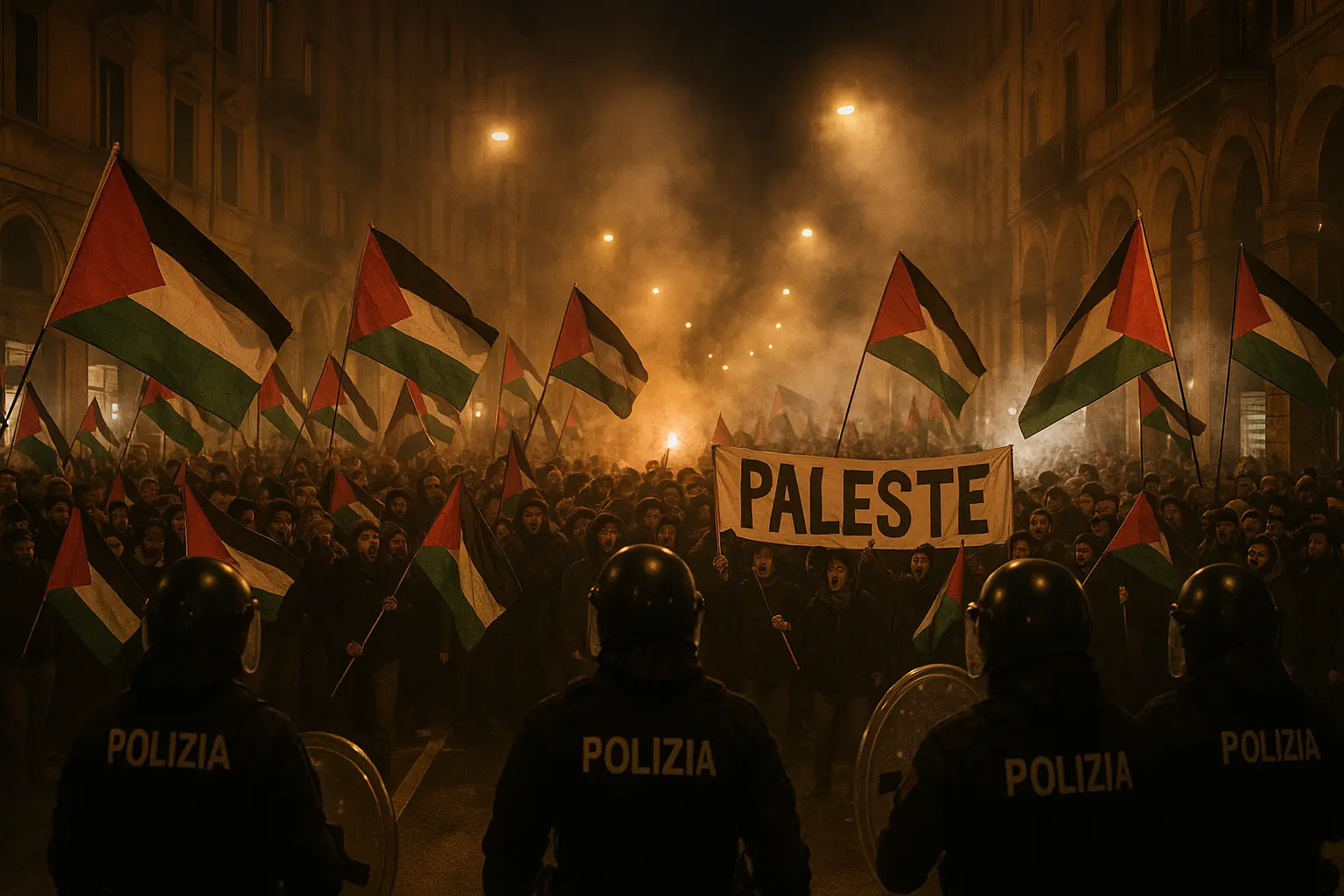
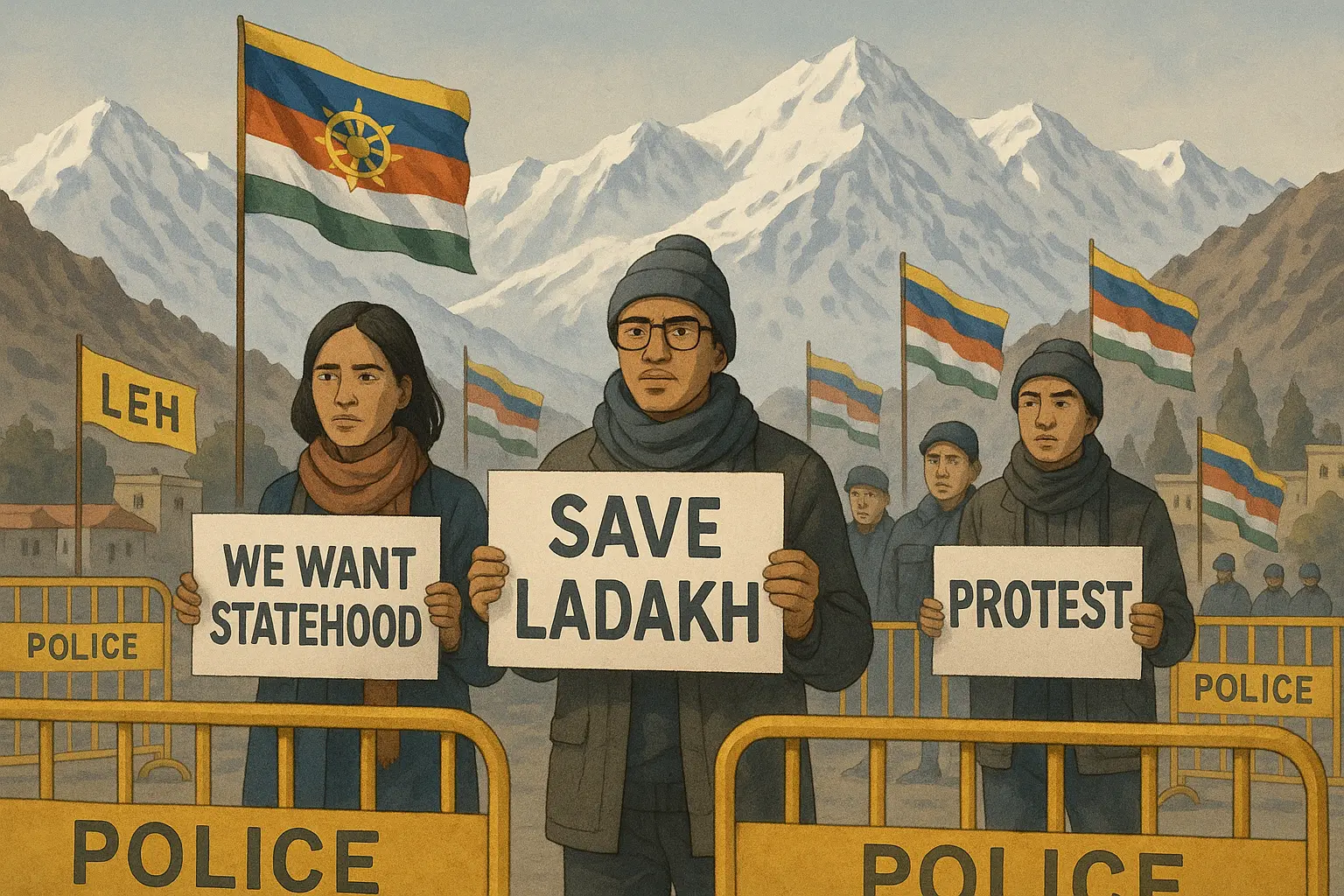
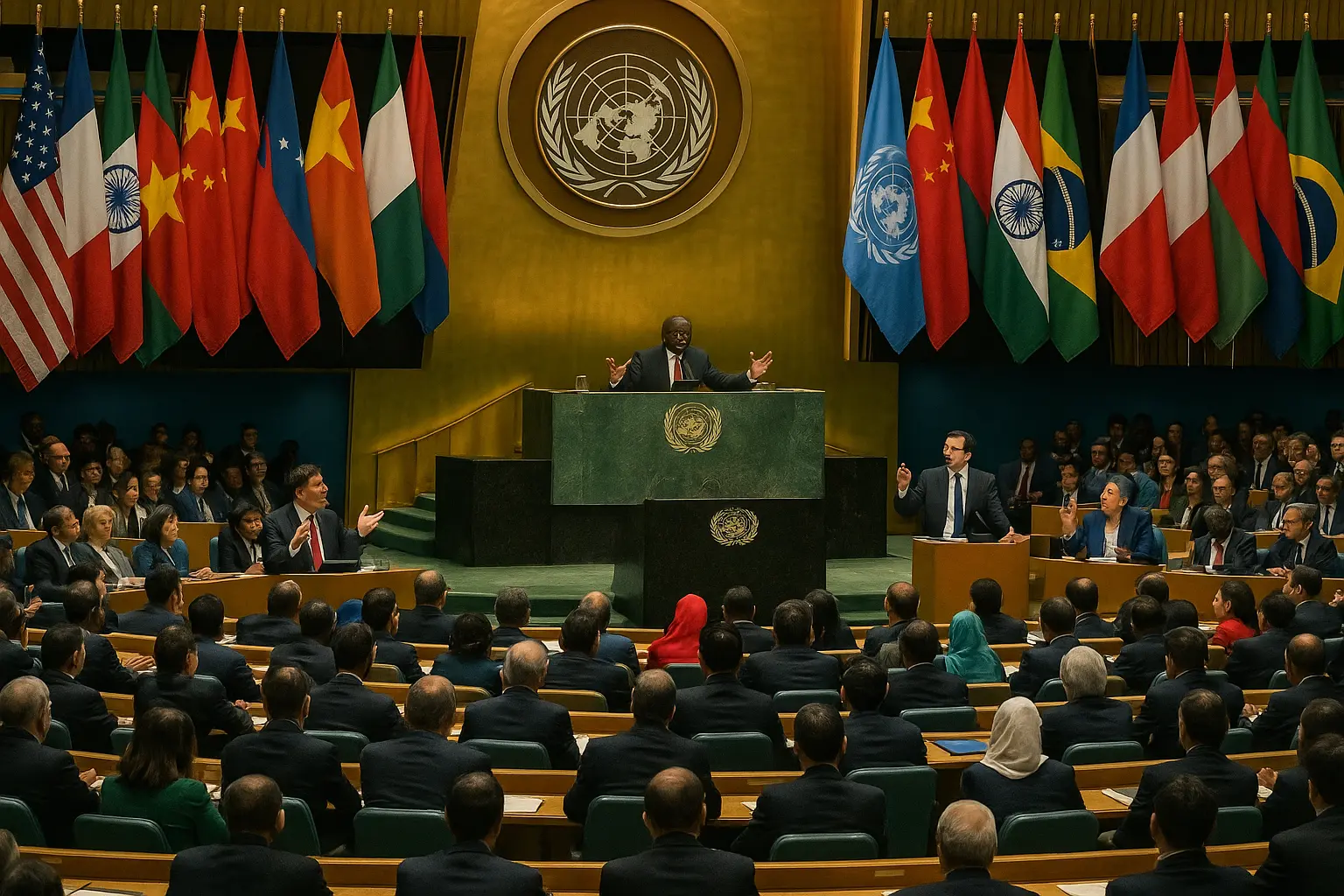
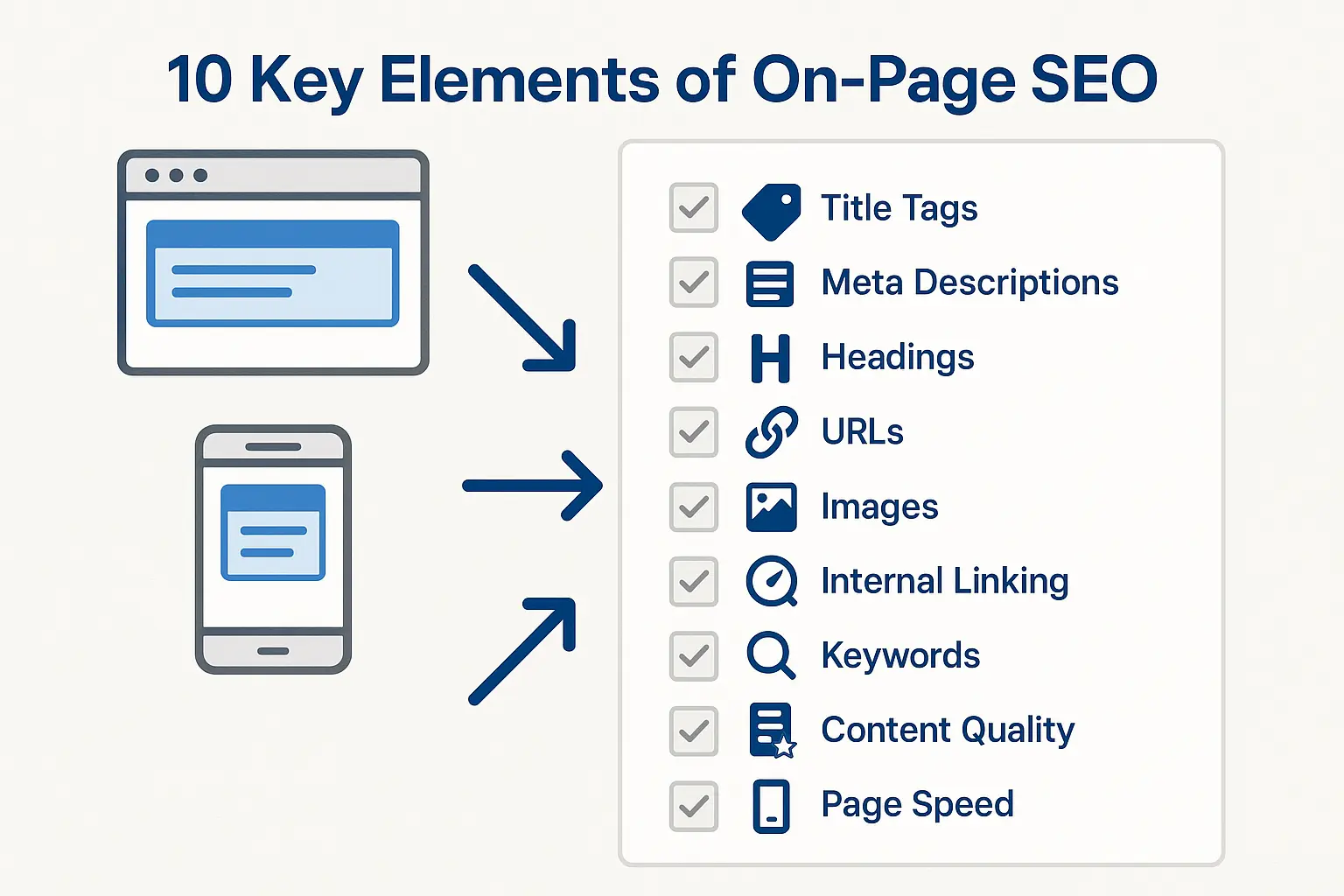
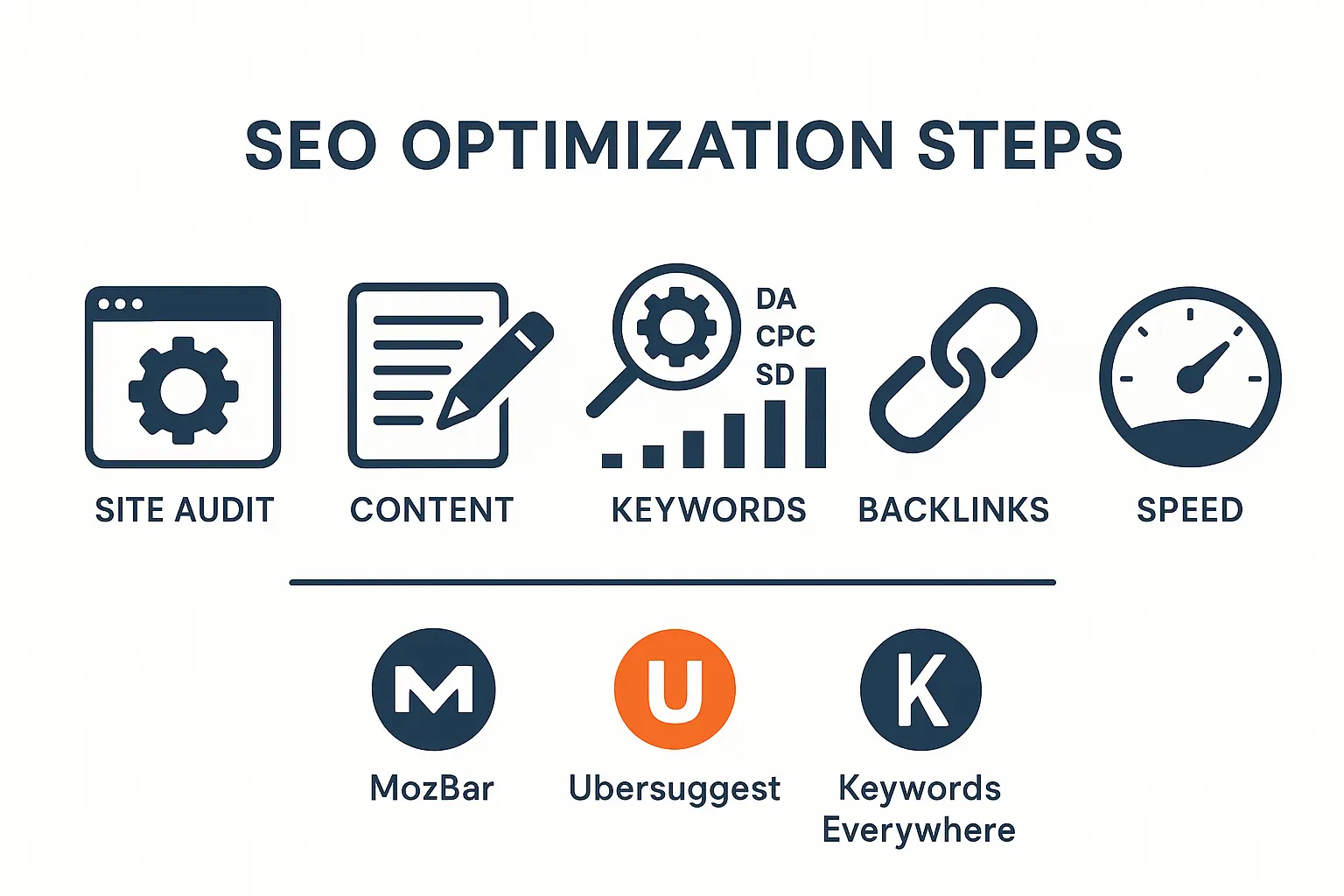
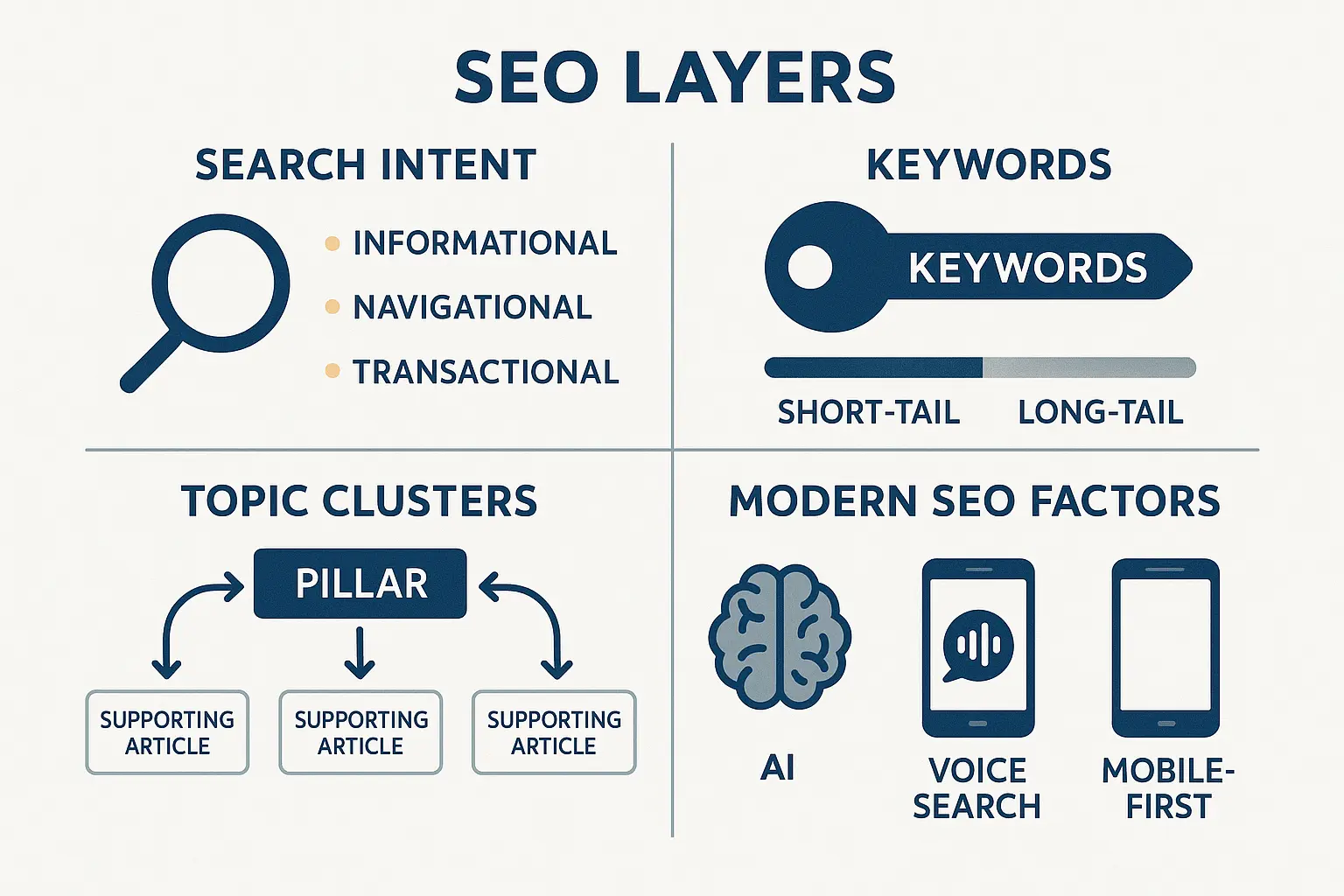
No comments yet. Be the first to comment!